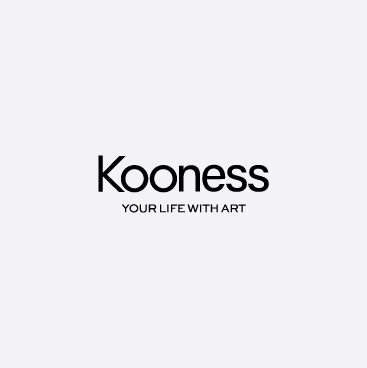Da Michelangelo
1978Single piece Signed Dated Titled
Guastalla Centro Arte, Livorno
Default
16 x 27.56 in
Year
1978
Medium
Paintings
Reference
42c427a6
Acrylic on canvas
1938 Rome, Italy
Tano Festa began his career as a painter unofficially (as he himself says in one of his last interviews) as a child, driven by his father, who encouraged him to paint as a hobby and officially in 1961, when he held his first personal exhibition at the Gallery "La Ascent "in Rome, a few years after graduating in artistic photography at the Art Institute of the same city (1957).
The foundation for his artistic career is certainly the participation in the exhibition "The New Realism" in New York together with Schifano, Baj and Rotella, but also the first Venice Biennale of 1964 where, for the first time, the public can admire a of his famous "Persiane", works with a clearly metaphysical flavor and New Dada. This kind of work is deeply connected to the tragic story of the death of the artist's brother, Francesco Lo Savio (they were registered with different surnames), who had taken his life in Marseille, in a hotel: reading the reasons for his gesture in a tragic and heroic key, Tano Festa begins to see the objects that surround him in a melancholy way, bringing out their metaphysical side, bordering on human mortality; not by chance they are often defined by him as "thresholds".
Moreover Festa is considered one of the greatest exponents of the so-called Italian Pop Art, on which it gives a particularly meaningful reading during an interview: "I belong to what was wrongly called" Italian Pop Art ". Now, what we did was popular, not pop. The Americans were "Pop Artists" because they depicted real consumer objects as artistic symbols from which to draw inspiration. We Italians have been "Popular" because we have succeeded, on the other hand, in consuming art itself with quotations and extrapolations, such as those made by me on the Michelangelo fragments of the Last Judgment. Jasper Johns, Oldenburg and Warhol could instead express the art well with the American flag, with soup cans and bronze brushes. Those objects more than others represented American culture and it was logical and right for them to emphasize them. But I had to deal with Leonardo and Michelangelo, I couldn't invent anything "(Dimitri Buffa's May 1987 interview with Tano Festa, in the Roman gallery of Francesco Soligo). And in fact, still in the early 1960s, he began his analysis of the great Italian artists, becoming famous above all for his reworkings by the Michelangelo of the Sistine Chapel and the Medici Chapels. The artist transposes photographic details or projections on canvases taken from his famous works, manipulating them through the pictorial intervention or repainting them completely in enamel, interpreting them as advertisements: they have in this way as a second life, in a surreal dimension that allows an immediate understanding and a simple reading key. Over the years his re-readings of icons are continually re-proposed, becoming icons in their turn.
A rather difficult period passes, during which he fails to express his creativity and the recognition of criticism is missing, but then he is invited to the Venice Biennale of 1980, 1984: of this period are the so-called "Coriandoli", highly poetic cycles and sublime.
Read more
Address
Livorno, Via Roma 45
The Guastalla Centro Arte gallery was founded in 2000 by Marco and Laura Guastalla with the artistic direction of the father Giorgio, already co-owner of Guastalla Modern and Contemporary Art: significant were the exhibitions dedicated to the masters of the Italian '900 such as Marino Marini, Renato Guttuso, Franco Gentilini , Arturo Martini, and those repre...
